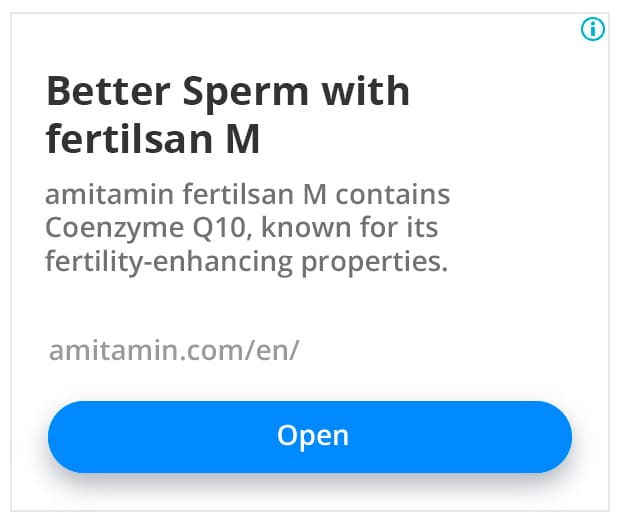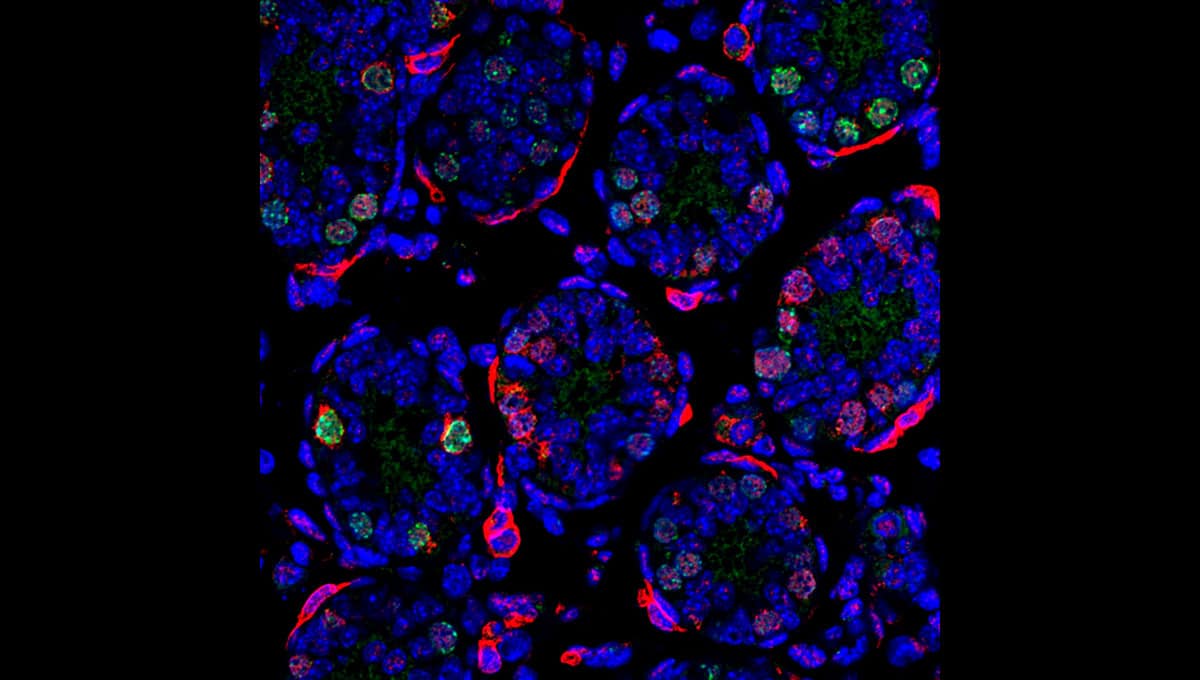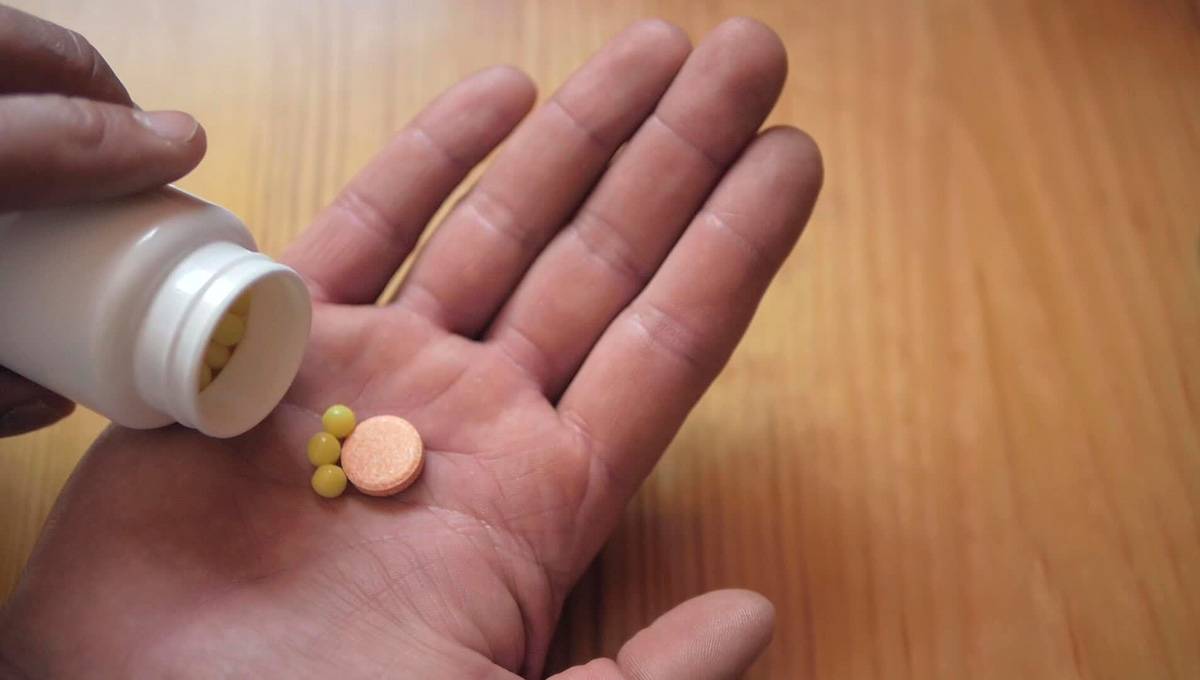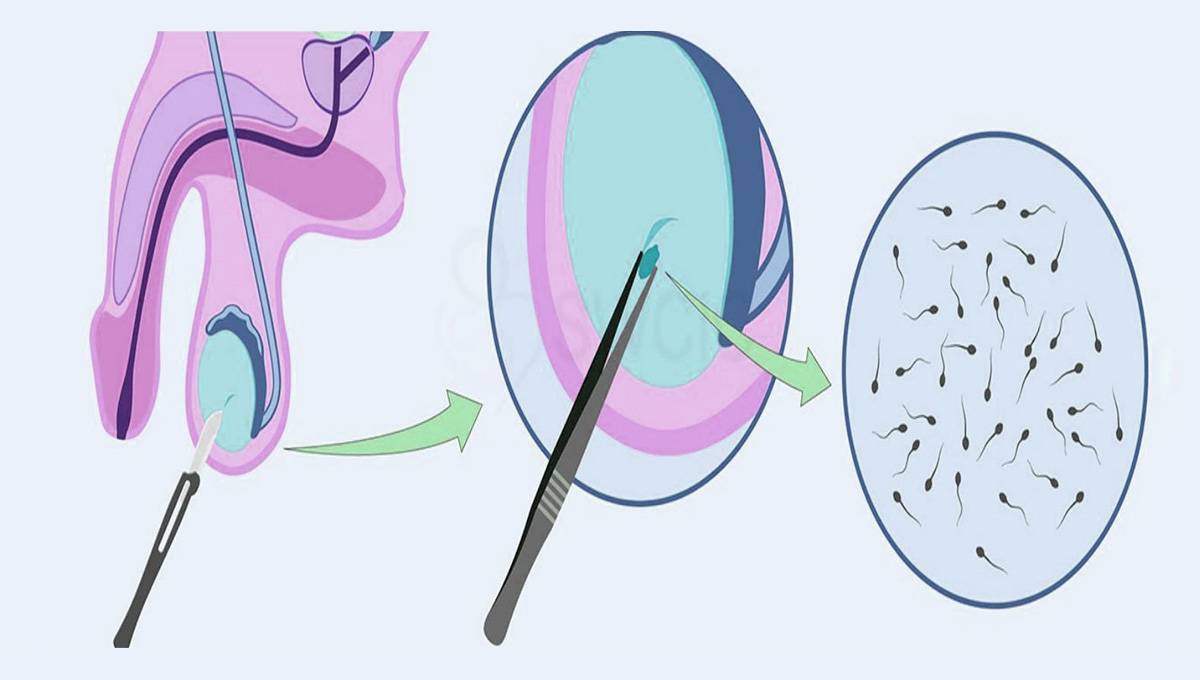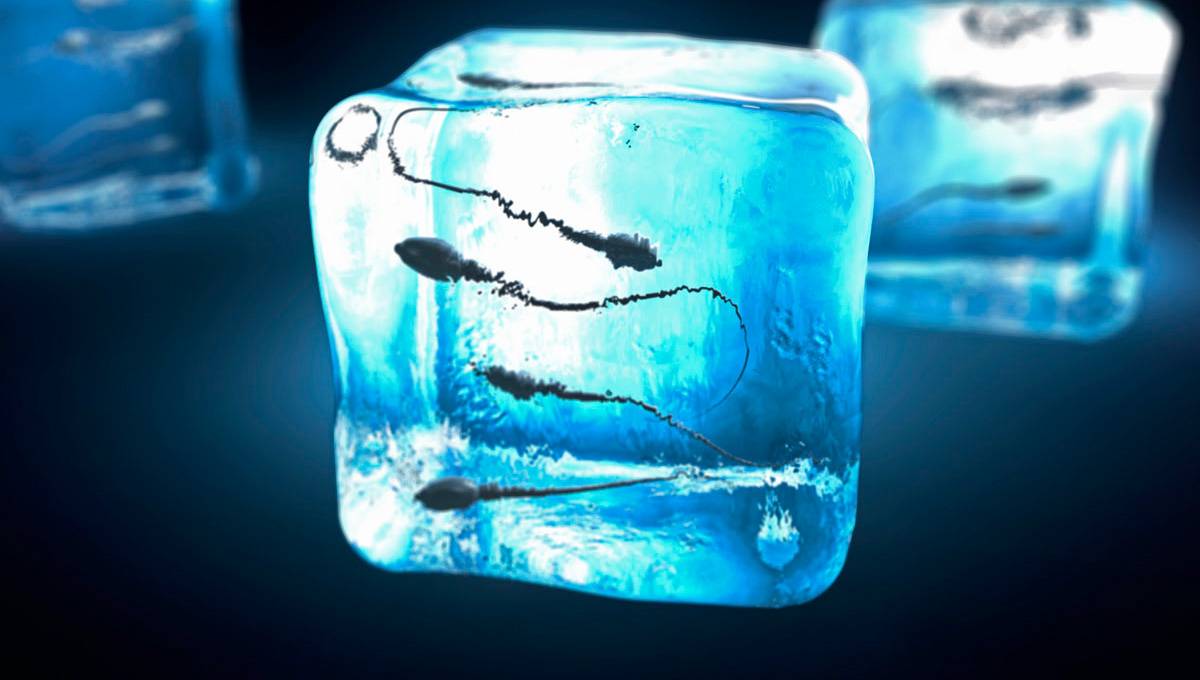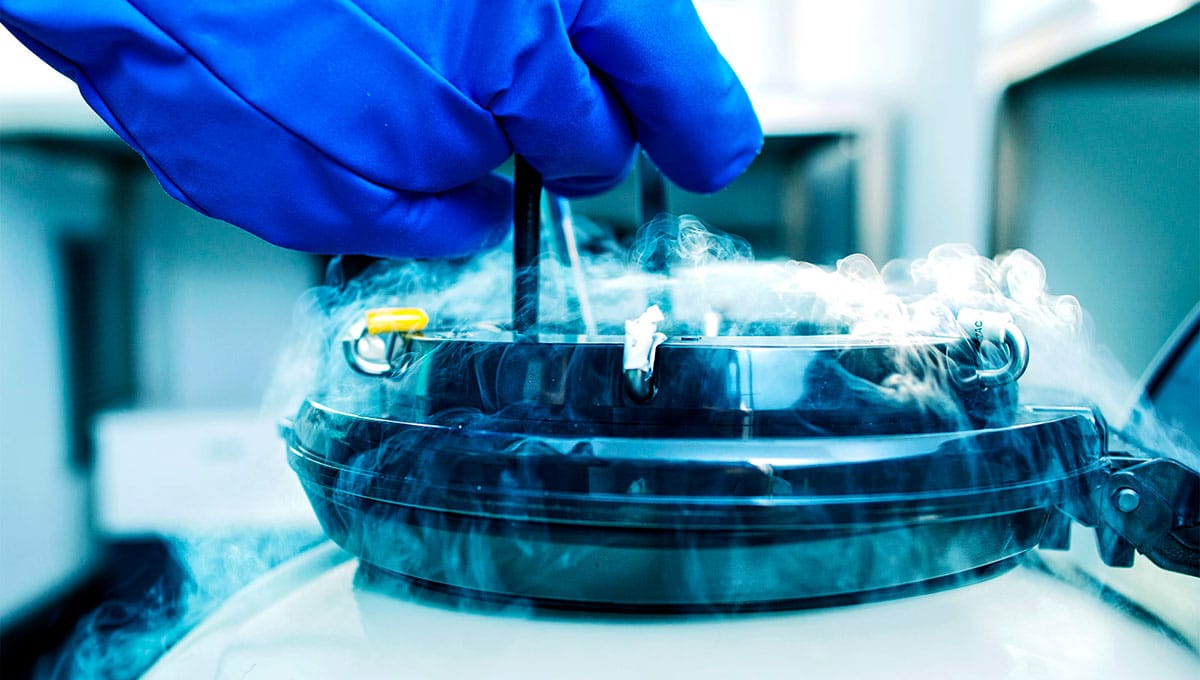Contents
- Age-related infertility
- Older men and women have lower fertility
- Genetic influences on age-related female infertility
- Microtubule dysfunction, chromosome segregation and age-related infertility
- Genetic influences on age-related male infertility
- The future of age-related infertility
- Improve your fertility with micronutrients
- The most effective male fertility nutrients
- The top male fertility supplements
Millions of couples are affected by infertility. One of the contributing factors to loss of fertility is age. The older the body gets, the less fertile it becomes. New research has found a genetic link to age-related infertility in women. This raises the question, could there also be unknown genetic influences for declining fertility in men?
Age-related infertility
Infertility affects millions of couples in the United States, and age is one of the main factors that influence a person’s ability to procreate. New research examines the genetic basis for age-related infertility in women and finds a potential new explanation for it.
By definition, infertility is the inability to become pregnant or sustain a pregnancy to full term, following a year of unprotected sex.
In the United States, 1 in 8 couples struggle with infertility problems. In the United Kingdom, this figure is slightly higher, with 1 in 7 couples unable to get pregnant or carry a pregnancy to full term. Approximately one third of infertility problems are attributed to women, another third to men, and the final third to factors affecting both partners.
www.amitamin.com/en/fertilsan-m New life deserves the best possible start!We provide the essential building blocks for this.
Older men and women have lower fertility
The ability to procreate is affected by age. Women are born with a set number of oocytes. As women age the number of eggs steadily decline, as does the quality. By the time women are in their late 30s and early 40s, the chances of conceiving are much lower compared with their 20s and early 30s.
Similarly, male fertility also declines with age. The volume of semen and sperm motility decreases steadily after the age of 20. This fertility decline increases significantly after the age of 40.
Genetic influences on age-related female infertility
Scientists from the University of Montreal Hospital Research Centre (CRCHUM) in Canada have been investigating the genetics behind the aging process of oocytes. Using state-of-the-art microscopy technology, researchers focused on potential genetic causes for abnormal oocyte development in older women.
Aneuploid oocytes are eggs with an abnormal number of chromosomes. The incidence of aneuploidy increases as women age and becomes more frequent beyond the age of 35. Previous studies have identified a process called cohesion-loss as the cause of elevated aneuploid oocytes1 “Herbert, M. et al. (2015). Meiosis and maternal aging: insights from aneuploid oocytes and trisomy births. Cold Spring Harbor Perspectives in Biology. Volume 7, Issue 4, doi: 10.1101/cshperspect.a017970.”. This process occurs when cohesins (a glue-like protein substance that keeps chromosomes unified) begins to malfunction.
However, this latest research from Canada has identified an additional problem associated with microtubules and their relationship with chromosomes.
Microtubule dysfunction, chromosome segregation and age-related infertility
Microtubules are small cylindrical structures arranged in spindles found within the cells. Their role is to facilitate cell movement. These microtubules gather chromosomes and arrange them in readiness for cell division. Following cell division, these chromosomes are sent to opposite nucleus poles of the new daughter cells. This is a process known as chromosome segregation.
Researchers at CRCHUM have found that in older mice, the microtubules associated with chromosome segregation are dysfunctional2 “Nakagawa, S. And FitzHarris, G. (2017). Intrinsically Defective Microtubule Dynamics Contribute to Age-Related Chromosome Segregation Errors in Mouse Oocyte Meiosis-I. Current Biology, Volume 27, Issue 7, pp 1040-1047.”.
Normally the microtubules assemble in a controlled symmetrical spindle within the cell. However, in approximately 50% of older eggs these microtubules go in all different directions and this adversely affects chromosome segregation.
Scientists observed this anomaly by micro-manipulating the eggs of mice. During the study, oocytes nuclei where swapped between young mice (aged between 6 and 12 weeks) and old mice (aged 60 weeks). They found that old eggs containing young nuclei displayed abnormal chromosomal segregation.
These results support the theory that maternal age affects the alignment of microtubules independently of chromosome age in the nuclei of each oocyte.
These chromosomal defects also occur in women. Thus, the age of the chromosomes themselves is not necessarily the cause of age-related infertility. Researchers hope that their new findings may be used to help develop new treatment options to assist older women in becoming pregnant.
Genetic influences on age-related male infertility
The genetic causes of age-related infertility are varied. Some of these genetic factors influence both men and women, such as chromosome translocations. While other causes specifically affect males, such as Klinefelter syndrome for example.
DNA sperm fragmentation is a major contributing factor to age-related infertility in men. This is largely thought to be due to increasing oxidative stress and decreased epididymal antioxidant ability in older men3 “Cocuzza M, et al. (2008). Agerelated increase of reactive oxygen species in neat semen in healthy fertile men. Urology. Volume 71, Issue 3, (pp. 490–494).”, 4 Zubkova E and Robaire B. (2006). Effects of ageing on spermatozoal chromatin and its sensitivity to in vivo and in vitro oxidative challenge in the Brown Norway rat. Human Reproduction. Volume 21, Issue 11, (pp. 2901–2910).. However, there is a high probability that there are other factors influencing the decline in sperm quality.
The future of age-related infertility
With more research, scientists may uncover other underlying causes of age-related infertility in men and women. With this knowledge, new strategies could be put in place to extend reproductive age and improve fertility.
Improve your fertility with micronutrients
Several micronutrients such as vitamins, vitaminoids, amino acids and trace elements have proven themselves effective in improving sperm quantity, mobility and shape. This directly translates into better overall sperm quality and therefore a higher chance of pregnancy.
A natural food supplementation therapy for men is:
- relatively inexpensive
- effective after three to six months
- able to increase sperm motility by up to 23%, ejaculate volume by up to 33% and sperm count by up to 215%5 “Imhof, Martin et al., “Improvement of sperm quality after micronutritient supplementation”, e-SPEN, the European e-Journal of Clinical Nutrition and Metabolism, Epub published ahead of print.”
- without side effects
For those reasons, male fertility food supplements are most definitely recommended as the first step in the treatment of oligospermia and asthenospermia.

Also men who have not yet taken a semen analysis test will benefit from supplementing micronutrients to ensure they are able to deliver high-quality semen.
There are no contraindications or side effects to this form of natural “sperm boosting”.
An excellent and detailed overview of many studies can be found in Steven Sinclair’s Male Infertility: Nutritional and Environmental Considerations.
A considerable range of male fertility supplements available on the UK market.
However, the products differ widely in price and composition. Menfertility.org has compared 10 of them in terms of value for money and the nutrients they provide.
The most effective male fertility nutrients
A multitude of studies has shown that highly dosed nutrients have potentially significant impact on overall sperm quality.
The amino acid L-arginine has been proven to increase sperm count and motility 6 “http://www.altmedrev.com/publications/5/1/28.pdf” 7 “http://www.ncbi.nlm.nih.gov/pubmed/7701414“.
Another amino acid L-carnitine has been found to significantly improve sperm concentration (count) and motility over a relatively short period of only 8 weeks8 “http://www.ncbi.nlm.nih.gov/pubmed/12568837“ 9 “http://www.ncbi.nlm.nih.gov/pubmed/8085668“.
Vitamin D has been shown to improve sperm count, motility and morphology10 “http://www.ncbi.nlm.nih.gov/pubmed/21427118“.
Vitamin B9, better known as folic acid has been shown to increase count, motility and morphology11 “http://www.ncbi.nlm.nih.gov/pubmed/20978181“.
Zinc improves the immune system and significantly improves sperm count in combination with folic acid12 “http://www.ncbi.nlm.nih.gov/pubmed/11872201“.
Selenium in combination with vitamin E has been found to improve motility13 “http://www.ncbi.nlm.nih.gov/pubmed/21403799“ 14 “http://www.ncbi.nlm.nih.gov/pubmed/12623744“ 15 “http://www.ncbi.nlm.nih.gov/pubmed/8862739“.
Nutrients must be applied permanently
Sperm cells take 11 weeks to mature in the testicles. Only then they are ready for ejaculation.
If you adjust your diet today it will thus take three months for the better sperm to be ready for fertilisation.
You must therefore keep the diet or supplement on an ongoing basis – ideally until your partner is pregnant or you decide for a different treatment.
All of the male fertility supplements in our great test include several of these nutrients at once, albeit at a lower dose. This is a cost-effective and convenient way making this type of fertility therapy affordable and requiring taking only one all-in-one supplement instead of many.
To find out more about the effects of the individual nutrients and how the various supplements compare, please read menfertility.org’s male fertility supplement review.
The top male fertility supplements

Dr. Jones is an experienced consultant in assisted reproduction.
He has worked as a Fertility specialist at Kingston Hospital Assisted Conception and nearly 10 years experience of working in Obstetrics and Gynaecology across hospitals in the UK.
He completed his Masters in Assisted Reproduction Technology and then his PhD, from Imperial College London. Dr. Jones main areas of interest are Single Embryo Transfer, Endometriosis, PCOS and Implantation failure in IVF patients. He is a member of the British Fertility Society and an associate member of the Royal College of Obstetrics and Gynaecology.
Bibliography
- 1“Herbert, M. et al. (2015). Meiosis and maternal aging: insights from aneuploid oocytes and trisomy births. Cold Spring Harbor Perspectives in Biology. Volume 7, Issue 4, doi: 10.1101/cshperspect.a017970.”
- 2“Nakagawa, S. And FitzHarris, G. (2017). Intrinsically Defective Microtubule Dynamics Contribute to Age-Related Chromosome Segregation Errors in Mouse Oocyte Meiosis-I. Current Biology, Volume 27, Issue 7, pp 1040-1047.”
- 3“Cocuzza M, et al. (2008). Agerelated increase of reactive oxygen species in neat semen in healthy fertile men. Urology. Volume 71, Issue 3, (pp. 490–494).”
- 4Zubkova E and Robaire B. (2006). Effects of ageing on spermatozoal chromatin and its sensitivity to in vivo and in vitro oxidative challenge in the Brown Norway rat. Human Reproduction. Volume 21, Issue 11, (pp. 2901–2910).
- 5“Imhof, Martin et al., “Improvement of sperm quality after micronutritient supplementation”, e-SPEN, the European e-Journal of Clinical Nutrition and Metabolism, Epub published ahead of print.”
- 6“http://www.altmedrev.com/publications/5/1/28.pdf”
- 7
- 8
- 9
- 10
- 11
- 12
- 13
- 14
- 15


